In India, almost 80% of people eat meat, with goat meat, sometimes known as mutton, being the most popular. Commercial goat rearing has become a successful business in India as a result of the strong demand. Goat rearing has been practiced in India for centuries. Since the dawn of civilization, goat farming has been the sole source of revenue for landless farmers in India. In addition to producing meat, this animal also provides milk, fibre, and skin.
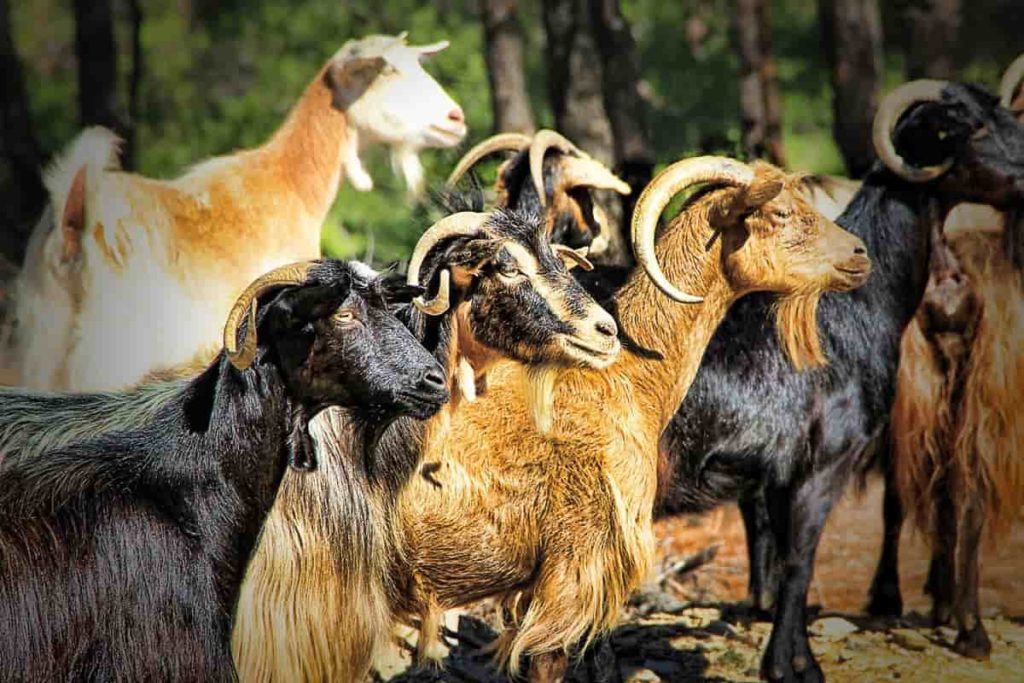
Goat faeces are being used as manure to assist crop development, which helps to increase agricultural yield. These advantages aided goat farming in establishing a strong demand in the market, and this industry has grown fairly popular among food-related industries. This business area is attracting well-educated young, future businesses and professional farmers because of its great potential for positive economic returns and inexpensive investment because these are multi-functional animals. Let’s check out how this farmer made 5 lakh profit from his goat farm.
How this farmer made 5 lakh profit from his goat farm
The success story of Mr. Chandu
MMrChandu of Veerapuram village, Raikal Mandal, Jagitial district has been rearing goats of Osmanabadi breed for 3 years. He expressed that he faced many troubles at the start due to his inexperience in this field. From time to time while rearing goats he learned many things and techniques to rear goats from start till end. He is now a proud owner of his goat farm and earns rupees 5 lakhs from his goat farm.
What is intensive, semi-intensive and extensive rearing system goat farming?
Extensive rearing system
The broadway of raising consists of grazing the sheep and goats across the pasture and leaving them there for the full season. Feed costs are drastically lowered by using this strategy. It’s not conducive to getting the most out of the grasses as a whole. As a result, we should adopt rotational grazing. Temporary fences should be used to separate the pasture field into multiple portions for rotational grazing.
After that, the animals are relocated from one part to the next. The initial area of the pasture will have enough grass cover to offer second grazing by the time the entire pasture is grazed. Infestations of parasitic worms can be managed to a large extent. It also aids in the provision of high-quality feed for the majority of the year. It’s best to graze the lambs first on a piece and then bring in ewes to finish up the feed left by the lambs in this manner.
In case you miss this: Common Mistakes in Goat Farming: For First Time Goat Owners
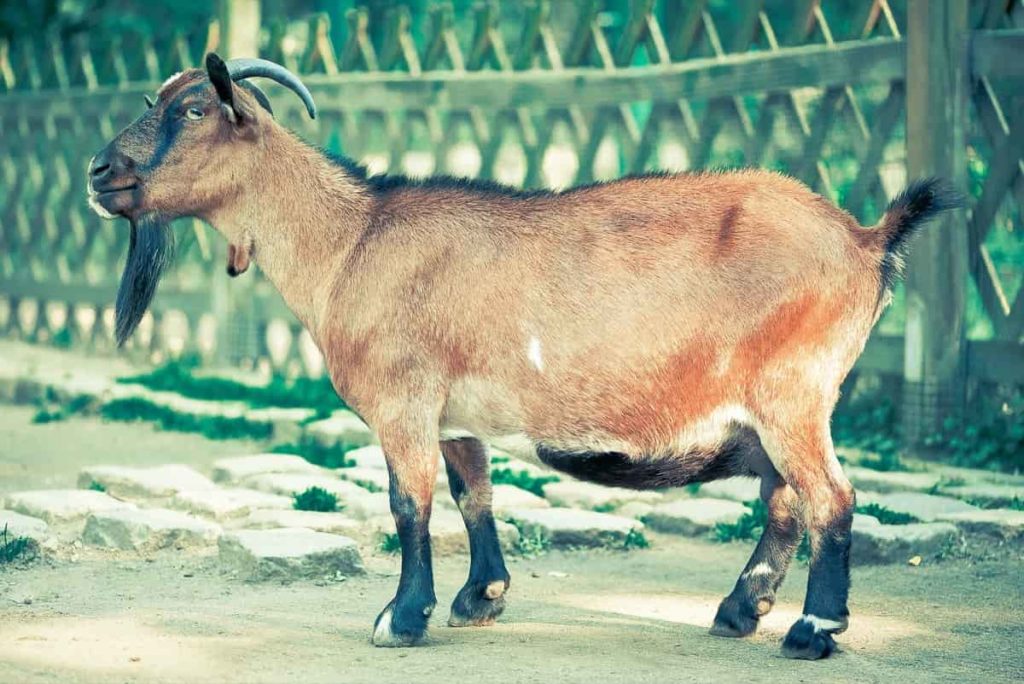
Semi-intensive rearing system
Semi-intensive goat production is a compromise between widespread and intense goat farming that is used in some flocks with restricted pasture. It entails a lot of work, but it’s generally done with enclosed pastures and regulated grazing. It entails stall feeding, nighttime cover under a shed, and 3 to 5 hours of day grazing and roaming on pasture and range. The feed cost increased little with this strategy.
This approach offers the benefit of satisfying nutritional needs from both grazing and stall feeding. Taking care of a medium to a big flock of 50 to 350 heads. During the lean season, farmed fodder is used. A good crop of youngsters has been harvested for meat and milk. As a result of the lower labor input, a profit is made.
Intensive rearing system
It is a goat-production method in which goats are permanently housed in confinement with restricted access to land, otherwise known as a zero-grazing system in which they are stall-fed. It alludes to a method in which goats are not allowed to fend for themselves with just the most basic of care. This technique, especially for dairy goats, works effectively with an intensive operation of a medium-sized herd of 50 to 250 heads or more focused on commercial milk production.
It is worthwhile to leverage the technique of feeding agro-industrial byproducts such as pangola grass, which may support 37 to 45 goats per acre. This management approach necessitates greater labour and a large cost outlay. However, this has the benefit of ensuring that the animals are closely monitored and controlled. The faeces are gathered in one location and utilized as a suitable fertilizer in this approach. For a larger number of animals, less room is sufficient.
Why did Mr. Chandu choose Osmanabadi over other breeds of goat?
For rearing, he said that it is best to choose Osmanabadi over other breeds such as Sirohi, Barbari, Bengali, Jamnapuri. This is because Osmanabadi goats give birth to at least two kid goats, sometimes three, in their breeding time. Osmanabadi goat breeds undergo breeding 3 times in a two-year time period which is highest in the available local breeds. This helps in growing your goat farm in very less time, mostly just in a few years. While starting his goat farm he bought 30 mature goats and in 3 months just after breeding the count has increased to 45 including kids.
In case you miss this: Goat Farming Insurance in India, Companies, Policies, and Premiums
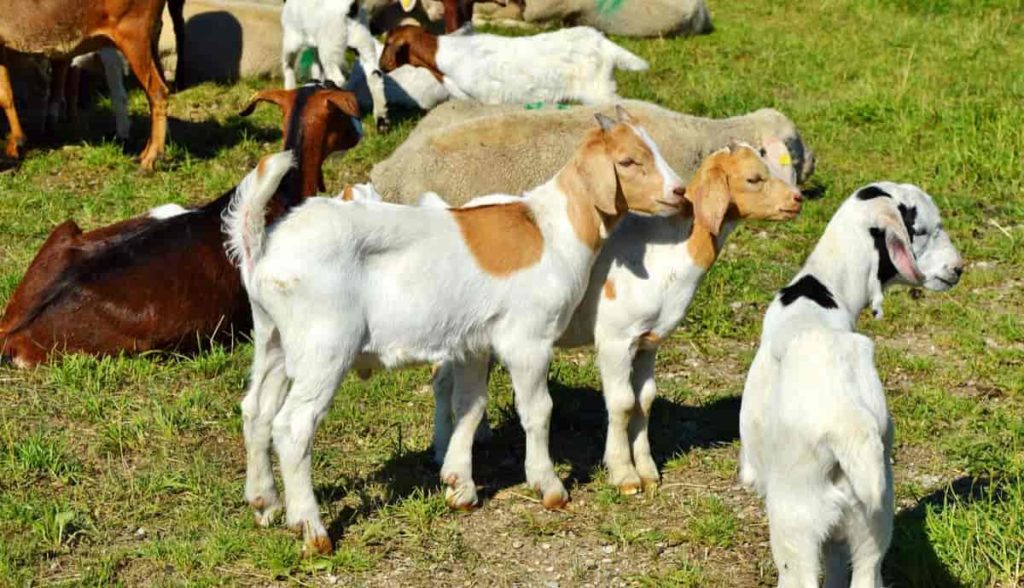
Also, Osmanabadi goats get habituated to intensive or extensive rearing very fast. Even if you choose to rear goats by complete intensive rearing system, after you reared them in the extensive system for a while, the Osmanabadi breed gets easily habituated for such sudden and quick changes. Also, the Osmanabadi goat breed is loved by many people in both Telugu states for its nutritional values and taste, so the demand is higher for the Osmanabadi goat breed.
Shed construction and the care taken
Mr. Chandu spent rupees 2 lakh on his shed of dimensions 40*20 feet, in which the goats are reared. He chose an intensive rearing system and advised farmers to take good care while the shed is being constructed since the goats spend almost the entire time feeding and growing in these sheds. For an intensive rearing system, the shed should protect the goats from excess sunlight and rainfall for them to grow better.
Nearly half of the shed cost is spent on purchasing materials and constructing them to protect them from harsh weather conditions. We can also use an extensive rearing system for the rearing of goats but as Mr. Chandu learned, the big disadvantage for an extensive goat rearing system is that the goats get easily prone to diseases. So he chose an intensive rearing system over an extensive rearing system.
Feed requirements for Osmanabadi goats
For female goats at the time of breeding, corn, mineral mixture, dal flour, groundnut flour, salt, and several selected grains according to female goat needs are mixed and fed to them. He says he has been feeding 200 grams of this mixture daily for the mother goats since the mother goats give milk to their babies which makes them strong and immune to diseases. In the morning goats are given a special kind of dry feed which is made of layers of soya. This dry feed makes goats consume more water which is very helpful for goats to stay healthy and disease-free.
In case you miss this: Dairy Disease Symptoms and Treatment for Cows, Cattle, Goats, and Sheep
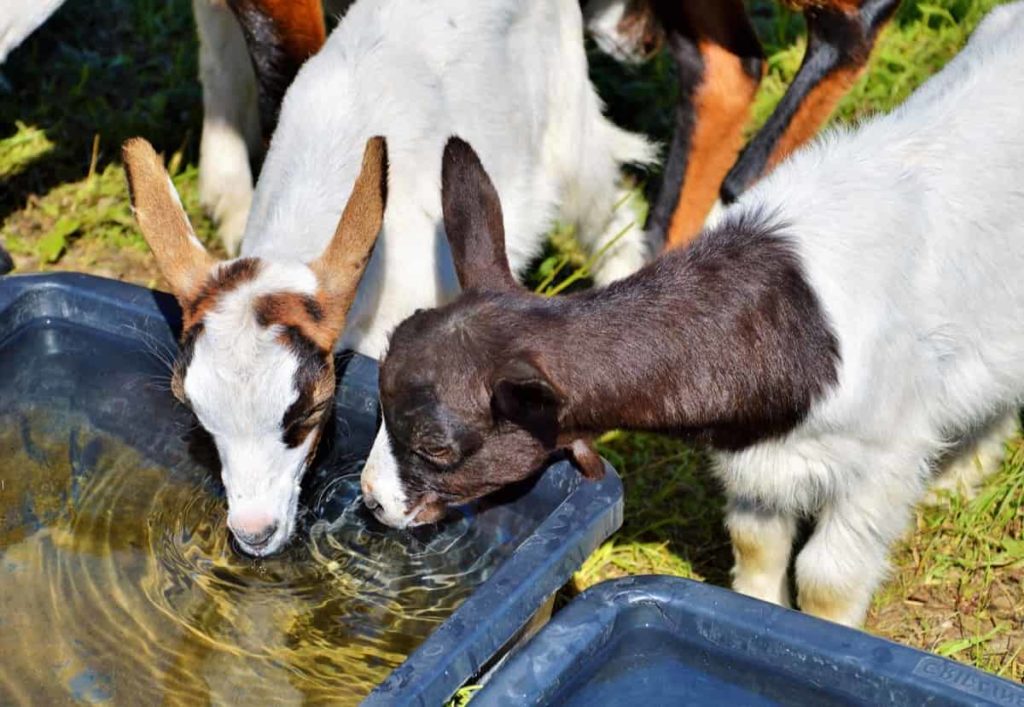
When it comes to the main feed Mr. Chandu uses two kinds of feed. One is of Hedge Lucerne’s and the other one is Super Napier, these two feed are supplied to his goat farm from stores and is fed to his goats in the proportions of 40% Hedge Lucerne and 60% Super Napier. He says his goats developed a special kind of liking towards Hedge Lucerne feed, so he is mixing it with Super Napier which is a highly nutritious feed. It takes nearly two acres of feed for his 50 goats says, Mr. Chandu.
Care taken while breeding Osmanabadi goats
From his experience, Mr. Chandu confirms that female Osmanabadi goats at the time of breeding give birth to at least 2 kids, in some cases, they even give birth to 3 kids. Osmanabadi breed takes 11 months to become mature from the time of its birth and also he says we can expect three breeding cycles in two years for this breed. Breeding is the most important process that has to be taken care of.
The proper feed should be fed to female goats at the time of breeding. It takes 5 months for the female goats to undergo breeding after they are conceived which is a very short period. This is the specialty of the Osmanabadi breed. He says if a farmer wants to expand his goat farm he has to make sure the breeding cycle of goats is to be properly taken care of. Since this results in the multiplication of goat count one has to rely on proper feed and water management.
In case you miss this: Goat Markets In India, List, Where and How To Buy
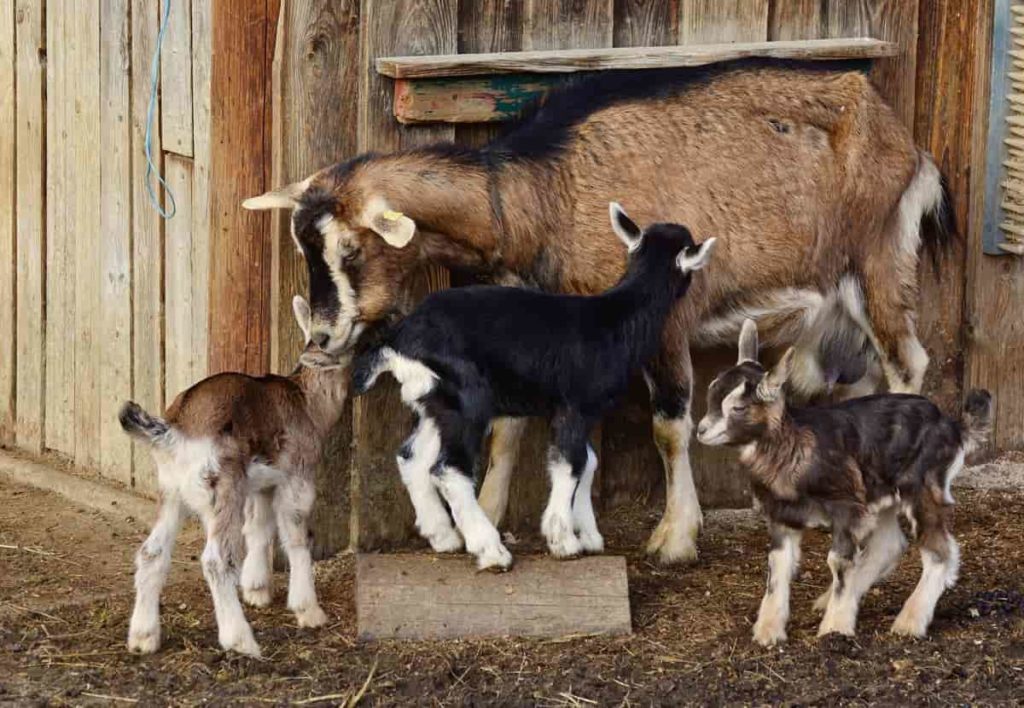
He told that he made mistakes at the time of breeding the start due to his inexperience which resulted in a decrease in the mortality of goat kids. He lost 3 out of 15 goats that are newly born which could’ve been saved by proper care. He also advised farmers to learn all the things necessary if possible visit a goat farm and know about all the parameters, breeding, and caring of goats. This will result in the better production and managing of goats once you establish a goat farm.
For newly born kids you have to be close to them, monitor and make them feed the beestings of mother goat. Beestings are the first milk produced by mother goats shortly (one or two hours) after giving birth to the kids. This milk is rich in nutrients that are required for the kids. This milk helps goat kids by making them strong and immune to diseases at the early stages of their growth.
Growth analysis of Osmanabadi Goats
Kid goats take 11 months to get mature and after 5 months of the breeding cycle, female goats can conceive at least two kids. So a newly born kid grows and then it starts to conceive kids by the end of 16 months from the time it is born. We can start selling goats once they obtain 30kgs or more. If you didn’t get at least 27 kg weight of goats by the time of the selling period then you must have done something wrong in the feed management process.
Marketing process followed and income made by Mr Chandu
Mr. Chandu sells female goats at 350 rupees per kg and male goats at 400 rupees per kg. He sells his goats by live weight process which is more effective and profitable. For a 30 kg female goat, he gets rupees nearly 10,500 rupees and for a male goat, he earns 12,000 rupees.
His income per batch is nearly 5 lakh rupees which is a very good profit for the size of his farm. And as the breeding process continues you can double the goat count you have in just 3 years. Mr Chandu says that it is a highly profitable business if we invest in it for a long time and this is because the production just multiplies.
In case you miss this: Top 50 Goat Farming Tips, Ideas, and Techniques
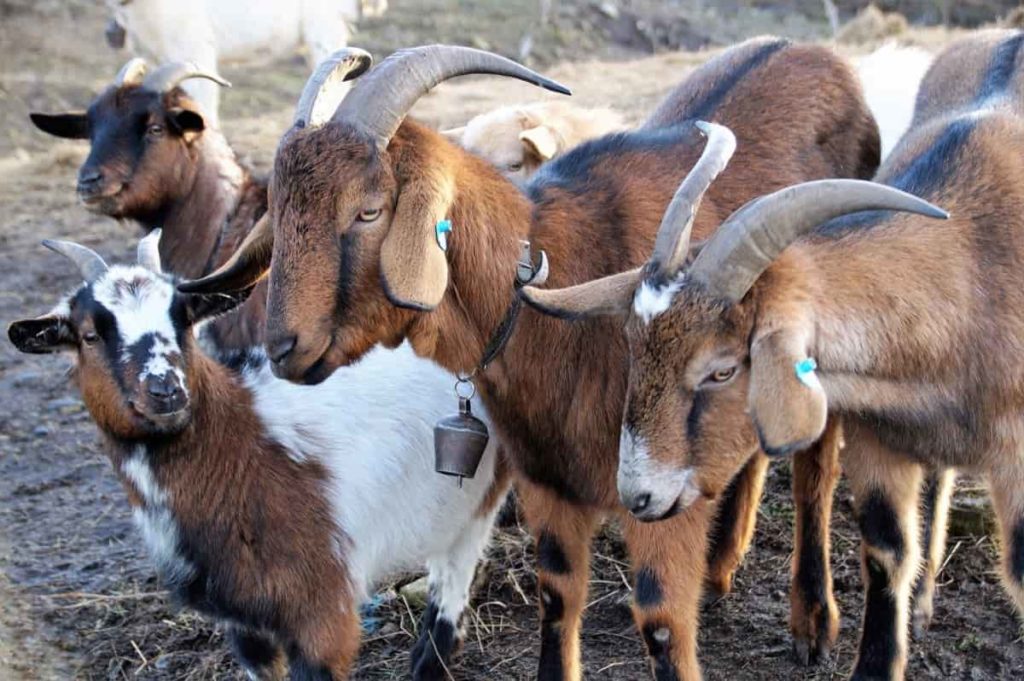
Frequntly asked questions
Is goat farming a profitable business?
Due to its multi-functional value, goat farming has become a viable enterprise with a modest initial cost. Moreover, commercial goat farming has a substantial economic and nutritional impact on a country’s economy. Due to its favorable economic prospects, goat breeding under intensive and semi-intensive systems for mass production has gained pace in recent years.
How much land is required for goat farming?
The amount of land needed for goat farming is determined by the number of goats that will be produced or raised. To rear 500 goats, 10 acres of land, including a shed building area, is usually necessary. If you want to start with a small number of goats, such as 50, you’ll need one acre of land.
Which breed of goat is more profitable in India?
The Sirohi goat breed is one of India’s most profitable breeds. Another famous goat breed in India is the Jamunapari. This is a dual-purpose goat breed that excels at producing both meat and milk.
What is the profit margin in goat farming?
In goat farming, the profit margin is 50%. If you cultivate your goat feed on the farm, you may raise your profit margin by up to 80%.
- Types of Pesticides Used in Agriculture: A Beginner’s Guide
- Economical Aquaculture: A Guide to Low-Budget Fish Farming
- 15 Common Planting Errors That Can Doom Your Fruit Trees
- How to Make Houseplants Bushy: Effective Tips and Ideas
- Innovative Strategies for Boosting Coconut Pollination and Yield
- Pollination Strategies for Maximum Pumpkin Yield
- The Complete Guide to Chicken Fattening: Strategies for Maximum Growth
- Natural Solutions for Tulip Problems: 100% Effective Remedies for Leaf and Bulb-Related Issues
- Revolutionizing Citrus Preservation: Towards a Healthier, Greener Future
- Natural Solutions for Peony Leaf and Flower Problems: 100% Effective Remedies
- Maximizing Profits with Avocado Contract Farming in India: A Comprehensive Guide
- Natural Solutions for Hydrangea Problems: 100% Effective Remedies for Leaf and Flowers
- The Ultimate Guide to Choosing the Perfect Foliage Friend: Bringing Life Indoors
- From Sunlight to Sustainability: 15 Ways to Use Solar Technology in Agriculture
- The Ultimate Guide to Dong Tao Chicken: Exploring from History to Raising
- The Eco-Friendly Makeover: How to Convert Your Unused Swimming Pool into a Fish Pond
- Mastering the Art of Delaware Chicken Farming: Essentials for Healthy Backyard Flocks
- 20 Best Homemade Fertilizers for Money Plant: DIY Recipes and Application Methods
- How to Craft a Comprehensive Free-Range Chicken Farming Business Plan
- Brighten Your Flock: Raising Easter Egger Chickens for Beauty and Bounty
- How to Optimize Your Poultry Egg Farm Business Plan with These Strategies
- Subsidy for Spirulina Cultivation: How Indian Government Schemes Encouraging Spirulina Farmers
- Ultimate Guide to Raising Dominique Chickens: Breeding, Feeding, Egg-Production, and Care
- Mastering the Art of Raising Jersey Giant Chickens: Care, Feeding, and More
- Ultimate Guide to Raising Legbar Chickens: Breeding, Farming Practices, Diet, Egg-Production
- How to Raise Welsummer Chickens: A Comprehensive Guide for Beginners
- How to Protect Indoor Plants in Winter: A Comprehensive Guide
- Ultimate Guide to Grow Bag Gardening: Tips, Tricks, and Planting Ideas for Urban Gardeners
- Guide to Lotus Cultivation: How to Propagate, Plant, Grow, Care, Cost, and Profit
- Agriculture Drone Subsidy Scheme: Government Kisan Subsidy, License, and How to Apply Online
- Ultimate Guide to Raising Araucana Chickens: Breed Profile, Farming Economics, Diet, and Care
- Bringing Hydroponics to Classroom: Importance, Benefits of Learning for School Students
- Ultimate Guide to Raising Polish Chickens: Breed Profile, Farming Economics, Diet, and Care
- Ultimate Guide to Raising Australorp Chickens: Profile, Farming Economics, Egg Production, Diet, and Care
- Silkie Chicken Farming: Raising Practices, Varieties, Egg Production, Diet, and Care
- Sussex Chicken Farming: Raising Practices, Varieties, Egg Production, Diet and Care
Interesting… Can we get 50 goats and what’s the cost
Hi, I hava some question about goat farming…?
Intresting Can We get 50 goats and what’s the cost
Hi team, I have questions that how much cost will be to take care of 50 goats and how much profit I can expect?